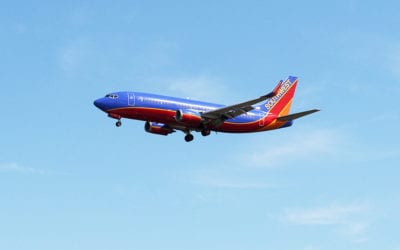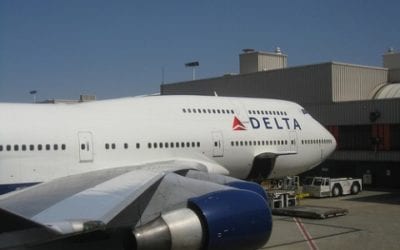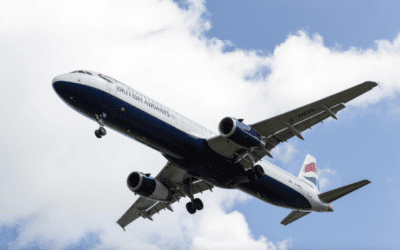The national airline of Spain, Iberia, is feeling the pinch of competition from the newly developed high-speed rail network that has been constructed over the past few years in the Iberian peninsula. Between the new rail lines and the growth of low cost carriers, Iberia is seeing domestic business drop dramatically.
The experience highlights the point that high-speed rail travel (220 mph) can compete with air traffic when it is supported and the infrastructure is built and maintained. The experience in Europe has underscored this over the past two decades as speedy rail transport has provided plenty of competition for flights within various European countries.
Germany’s Intercity and France’s bullet trains have long provided alternatives to flying, especially when the travel is between large cities and smaller more out-of-the-way destinations. But the Spanish experience is showing that rail links between major cities with very frequent air connections, such as Madrid and Barcelona, can effectively cut into an airline’s bottom line. This is a lesson that applies directly to the northeast corridor in the USA.
In 2007 around five million passengers flew the almost 500 kilometres between Barcelona and Madrid, making it by some margin Europe’s busiest airport-pair route. Earlier this year, on 20 February, after much delay, high-speed rail services were finally introduced between the two cities, reducing city centre to city centre rail journey times from three hours 55 minutes to two hours 38 minutes.
The drop in air traffic has been about 25 percent so far in 2008. That’s eyepopping from anyone’s point of view. It is also something to watch with the new alliance forming between American Airlines, British Airways and Iberia. This kind of competition will put pressure on the Spanish carrier to maintain a status of equals.

Charlie Leocha is the President of Travelers United. He has been working in Washington, DC, for the past 14 years with Congress, the Department of Transportation, and industry stakeholders on travel issues. He was the first consumer representative to the Advisory Committee for Aviation Consumer Protections appointed by the Secretary of Transportation from 2012 through 2018.



